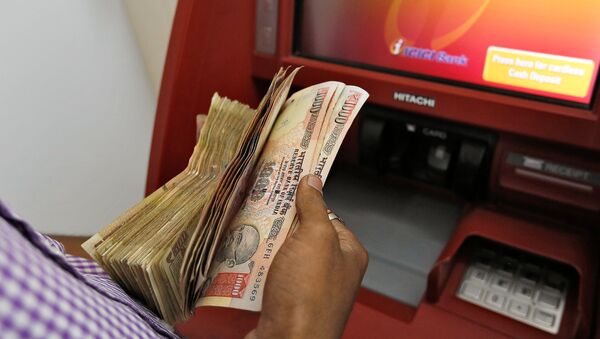The World Bank classifies loans as "non-performing" when "obligations related to the loan become over 90 days past due." A new study from CARE Ratings found that 9.85 percent of loans made by Indian banks have reached non-performing status, the Asia Times reported Thursday. Portugal, Italy, Ireland, Greece and Spain have similarly high ratios of non-performing loans relative to the total amount of funds lent out by banks in those countries.
Since the 2009 global financial crisis, Greece has required bail-out loans from third parties such as the International Monetary Fund and the European Central Bank three times: in 2010, 2012 and mostly recently in 2015. Portugal, Ireland, Spain and Cyprus have also been unable to bail out sovereign banks without ECB and IMF assistance.
Stressed assets like bad loans can spell trouble for national economies. First, when banks don't receive payments on outstanding loans, these institutions cannot lend out as much money for new and promising long-term projects, Asia Times notes. Secondly, bad loans can leave banks short of funds in the event that there is a run on the banks and people ask to withdraw sums from their accounts.
"The only countries with a higher NPA ratio than India are Portugal, Italy, Ireland and Greece," the Asia Times report states.
CARE found that Australia, the United Kingdom, Hong Kong and South Korea had very low levels of NPAs among developed economies. Within CARE's classification of "developed" economies, China had an NPA of between 1 and 2 percent.
In October, New Delhi announced a $32 billion recapitalization package to improve Indian banks' balance sheets. Nevertheless, independent analysts found this was a mere fraction of what Indian banks needed to regain health, Bloomberg View reported.




